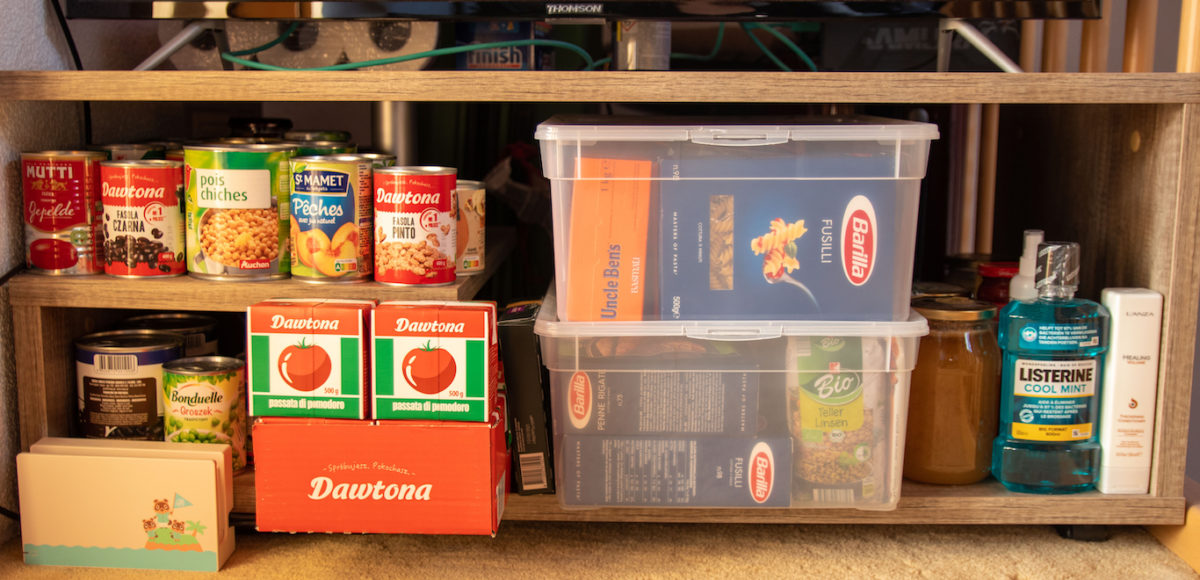By: Mike Antill, CORT Regional Sales Manager
As we all know, nothing in life is certain, but that doesn’t mean you can’t prepare for the worst. Businesses in particular should have a plan in place to make sure they can successfully continue operations in case of an unexpected disruption due to a disaster – whether that comes in the form of a natural disaster, technology glitch, or staffing crisis. Here, we’ll review how to create a plan for your company, and the factors you should keep in mind as you create your business continuity plan.
Step 1: Complete a Risk Assessment
The first step in any good contingency plan is to determine the key risks. For instance, what are the potential risk factors that could derail your company’s ability to continue to operate?
Technology
What if a software glitch causes you to lose client data? Do you have adequate security for remote use in the event your employees cannot come into a physical location?
Space
Do you have office space for your employees to work in the event of a disaster? Do you already have alternative space identified? Are there methods in place to secure furniture for temporary spaces? Do you have an alternate place to store goods if your warehouse suddenly becomes inaccessible?
People
How would you issue paychecks if your payroll manager suddenly quits? What if one of your managers or directors experiences a medical emergency and can’t show up to work for a day — or longer? What if a key player on your team has to take maternity leave?
Time
How long do you have to act in the case of a disaster? How quickly do team members need to get back up and running for your company to remain profitable?
To determine what might be your company’s Achilles’ heel, you should brainstorm with your internal staff. This serves two purposes. First, it can help you think of factors that might not have been immediately apparent, as no one person can be deeply involved in all aspects of a business. Second, it involves your staff at an early stage, helping to create awareness around any plan you eventually create.
Finally, you should also seek out the advice of outsiders, such as a business consultant or accountant, who might be able to identify risks in your blind spots. After all, potential risks aren’t always obvious.
Step 2: Prioritize the Risks
Once you have a complete list of the risks to your business, prioritize them. Start by placing those that pose the biggest threat at the top of the list and work your way down from there.
Step 3: Create a Business Continuity Plan
With the list of prioritized risk scenarios in hand, now you can begin creating a business continuity plan for each. Some of the key points you’ll want to consider are:
Timelines
When creating a business continuity plan, be sure to consider the timeline. What will you need to do in the first hour after a data loss or natural disaster? What about the first day? The first week?
Communications
Decide in advance who on your team will lead communications with the rest of the staff in each scenario.
Staff needs
Talk in turn to each of your department heads (if you’re a large organization) or with individual employees (if you’re a small business) and have them create a list of exactly what they’ll require to continue operating if a given scenario occurs. Once you have these requirements, make the necessary arrangements to ensure they’re in place.
Reduce the risk
For example, in the case of natural disasters, you can reduce the risk by making sure you have adequate insurance coverage. When it comes to technology, to reduce the risk of a data loss, you can store your business information securely in the cloud, and sign up for cyber risk updates with the Department of Homeland Security.
If you’re not quite sure where to start, there are free resources available online that can help you outline a contingency plan for each of the risk scenarios you identified. For instance, if you’re creating a plan for natural disasters, the Red Cross offers a Contingency Planning Guide that could help.
Step 4: Communicate and Maintain Your Plan
Now that you’ve created a business continuity plan for all your primary risk scenarios, you need to communicate that plan to your staff. After all, if no one knows about them, your plans will be extremely difficult to execute. You’ll also need to ensure that as time goes on and things change, you review and update your plans on a regular basis – perhaps once a quarter.
Step 5: Get Back to Business
While natural disasters and other catastrophes are highly unlikely, it’s always good to be prepared. Things can go wrong, and it’s just good sense for business owners to be prepared to face those risks, even if they might seem minimal.
By taking the time to create a thorough business continuity plan, you can rest easy knowing you’ll be prepared for the worst. In the meantime, you can focus on what matters most to you as a business owner or entrepreneur — growing your company.
Mike Antill is currently the Regional Sales Manager for CORT. He has over 27 years of experience in the commercial furniture rental industry. He has assisted government clients, non-profits as well as private sector customers with business continuity plans.





